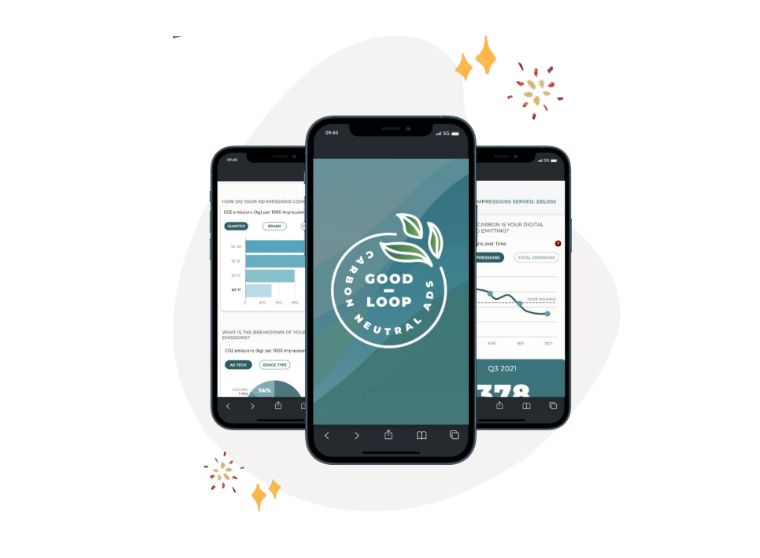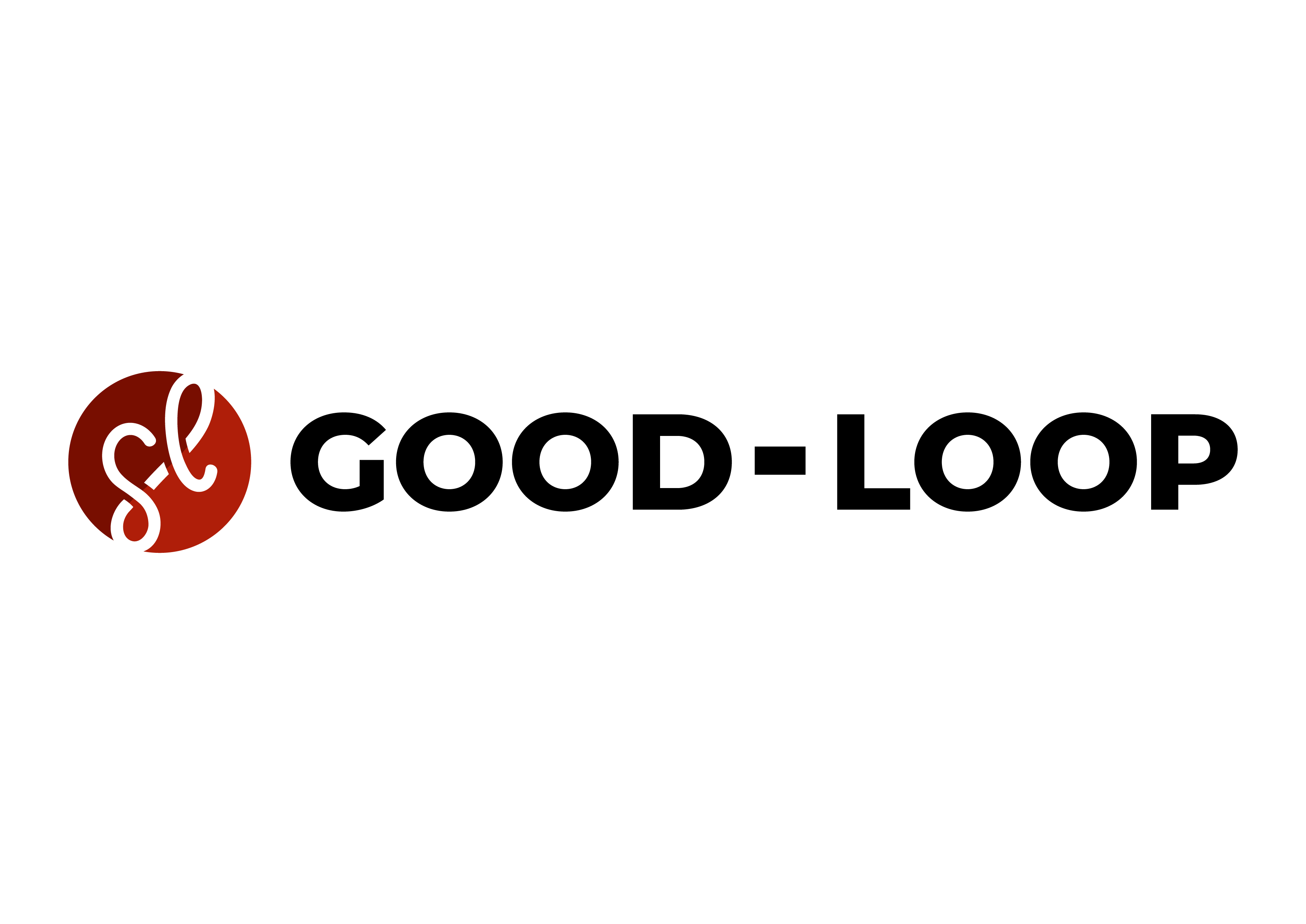More needs to be done to tackle digital advertising's hefty carbon footprint.
As the digital ad ecosystem has become more complex and fragmented in recent years, the negative impact it has on the environment has also increased.
A typical online ad campaign emits 5.4 tonnes of carbon (source: Good-Loop), which is around a third what a U.S. consumer generates every year - while 1 million video impressions has the same carbon footprint as someone flying from Boston to London and back (source: Scope 3).
To understand how the ad industry is tackling the environmental impact of their digital ad campaigns, Good-Loop surveyed over 400 marketers in the U.S. and the U.K. Here are some of the key findings:
1. Marketers know they need to do more
Online advertising has a carbon problem. To put it into context, the internet represents almost 4% of global emissions, and is on track to double by 2025 - a hefty chunk of which is caused by digital advertising. However, fortunately, there is a near universal understanding that marketers need to take action to improve the sustainability of their campaigns.
From the results of our survey, we found that 76% of U.S. marketers and 84% of U.K. marketers say the ad industry needs to do more to reduce carbon emissions. So, while a deeper understanding of just how many emissions digital advertising generates is a relatively new concept to marketers, it is evidently something that the industry is keen to tackle head on.
2. Counting carbon is on the rise, but lacks standardisation
When asking whether marketers are currently tracking the carbon footprint of their digital advertising campaigns, we found that 61% of U.S. marketers and 71% of U.K. marketers are. The tools used to do so consisted of in-house and independent carbon calculators, using estimations based on the number of impressions.
So despite organisations putting the work in to measure the carbon weight of their campaigns, the technologies being used lack standardisation across the industry more broadly. With many measurement technologies at a nascent stage, the risk we face is that without standardisation advertisers will naturally lean toward calculators that report the lowest emissions and thus the most favourable results.

At Good-Loop we are keen to make it easier for organisations within Adland to decarbonise their media using our proprietary green media technology, which is focused specifically on digital advertising. Using a robust, open-source methodology, our goal is to provide a clear, transparent understanding of advertising's digital carbon footprint, empowering agencies and clients to offset their impact in the short term and to implement positive climate action in the long term. To find out more, read our Green Media whitepaper here.
3. Marketers need educating on sustainability in media
Our final finding is that a lack of training is holding marketers back. Seven in every 10 (69%) U.S. brand marketers and more than half (54%) of U.S. agency marketers believe there are not enough sustainability education/ training programmes to give marketers the skills and confidence to effectively understand and reduce the impact digital marketing has on the environment.
This sentiment was echoed on both sides of the Atlantic and proves to be a huge obstacle to the decarbonisation of digital advertising. To help, Good-Loop is launching an online training course designed to help marketers reduce the environmental impact of their digital advertising.
You can pre-register for the Simply Sustainable course here.
Find out more
Want to know more about Good-Loop's green media technology? Organise a chat with our Green Team here.

